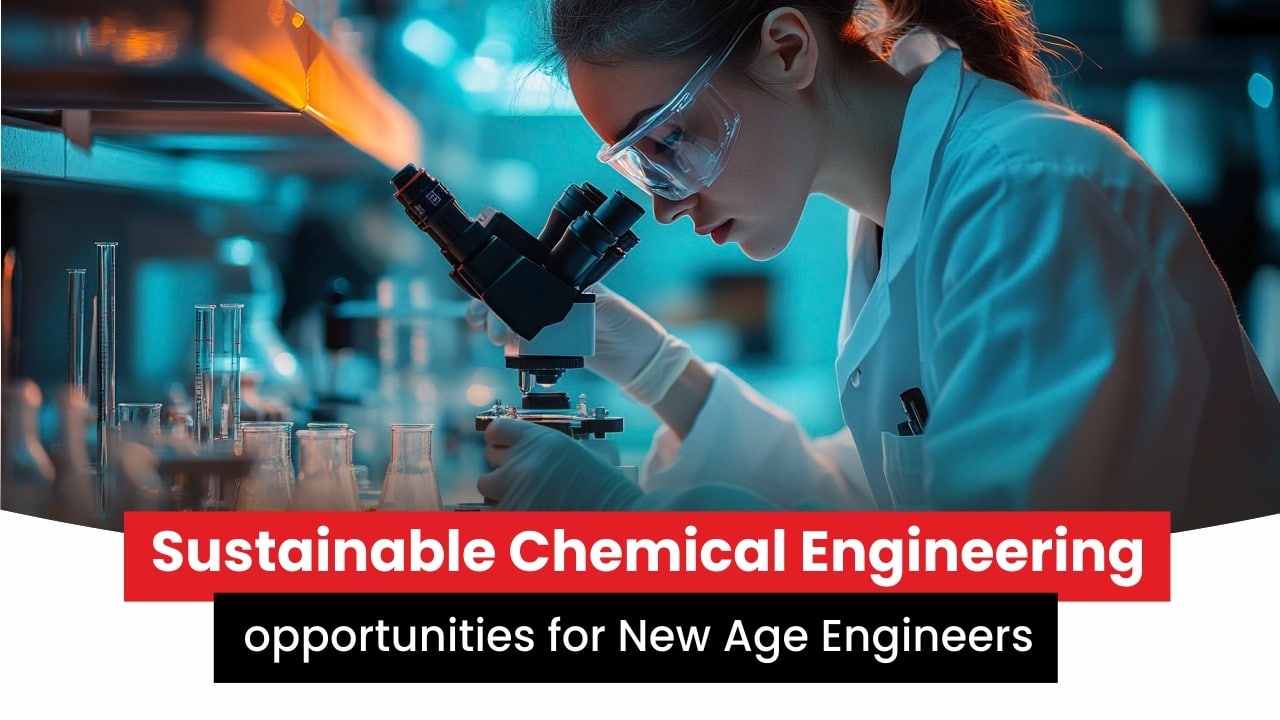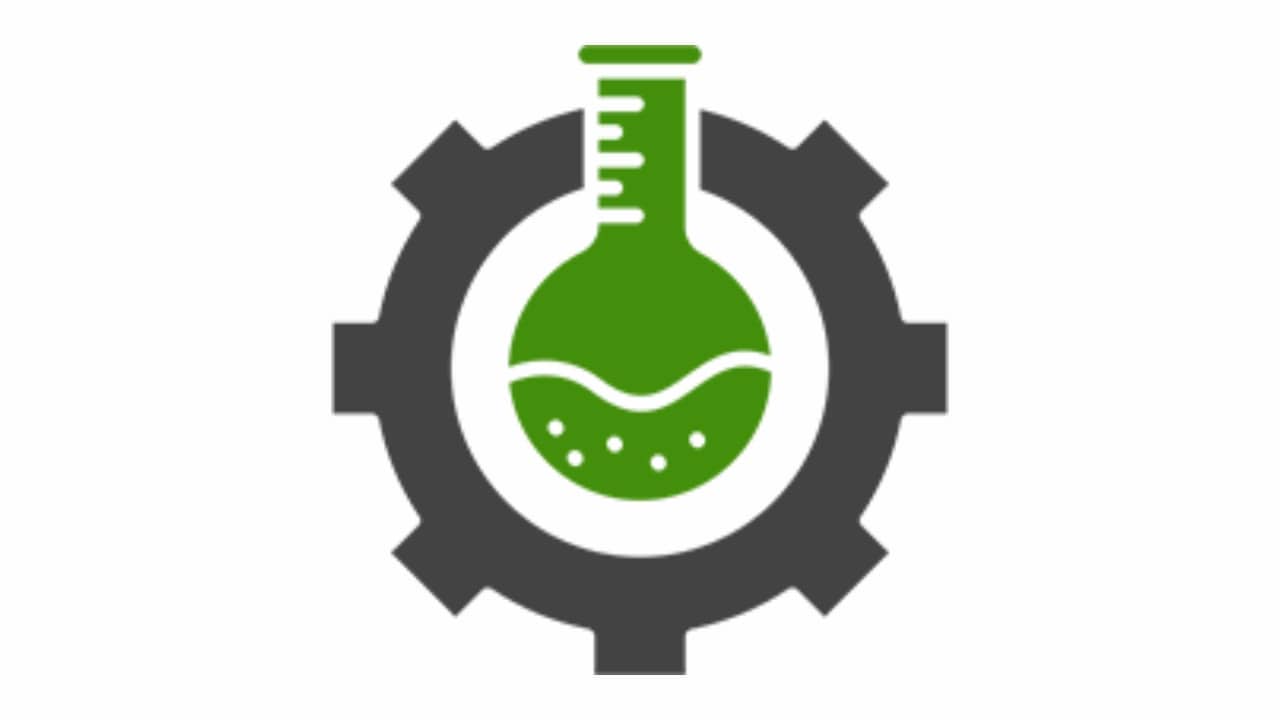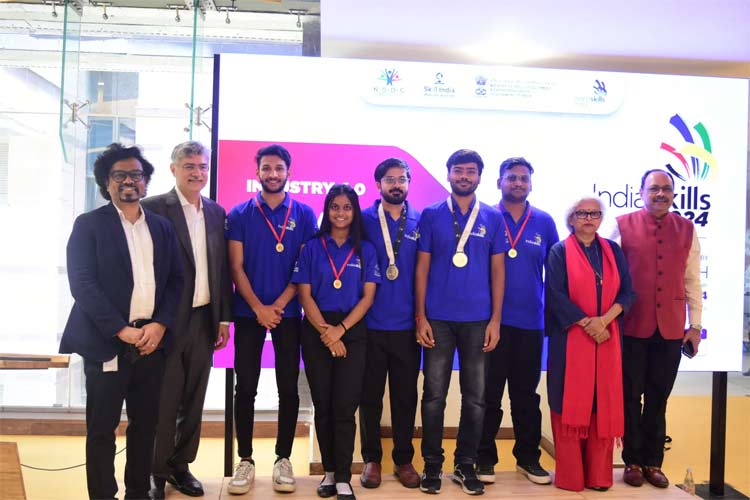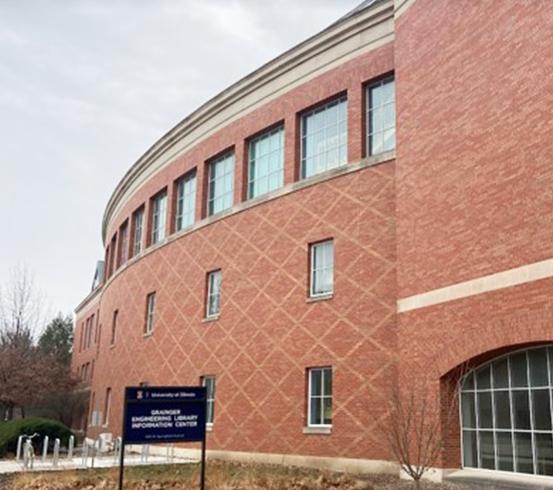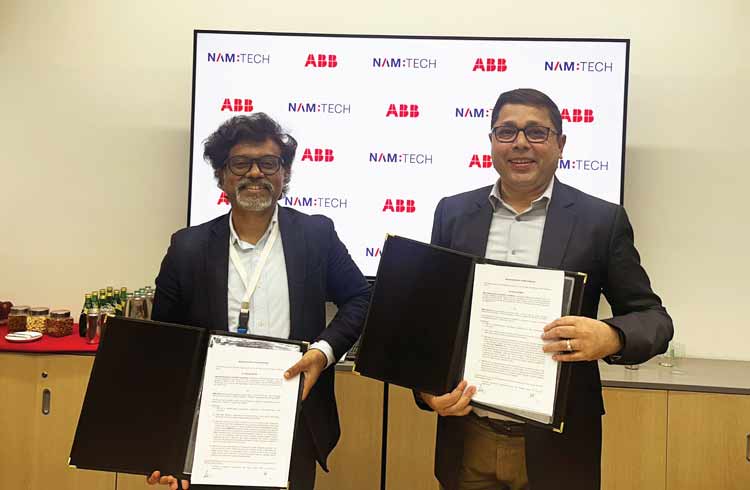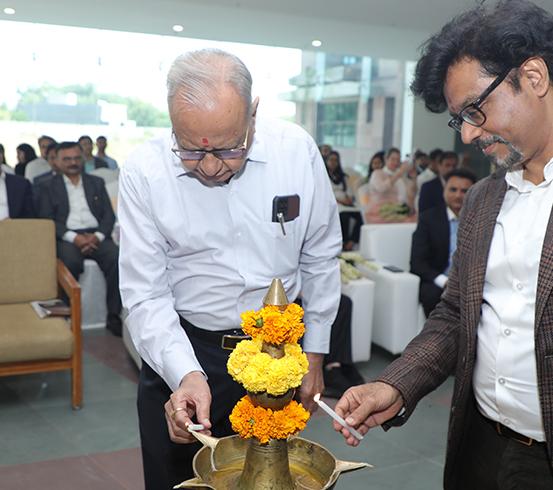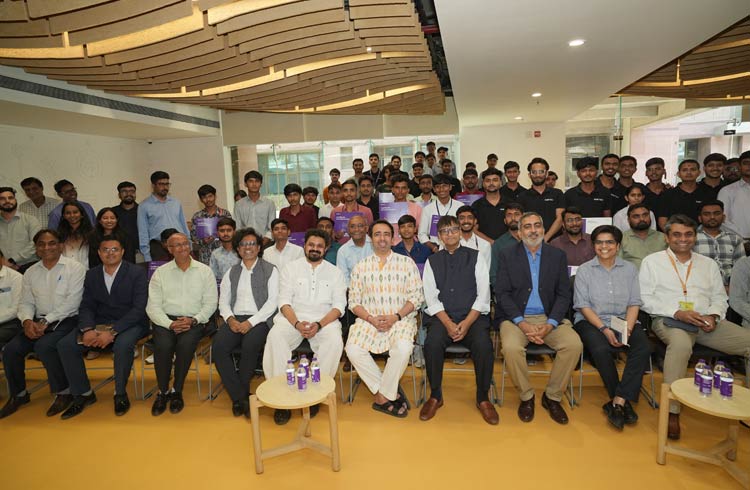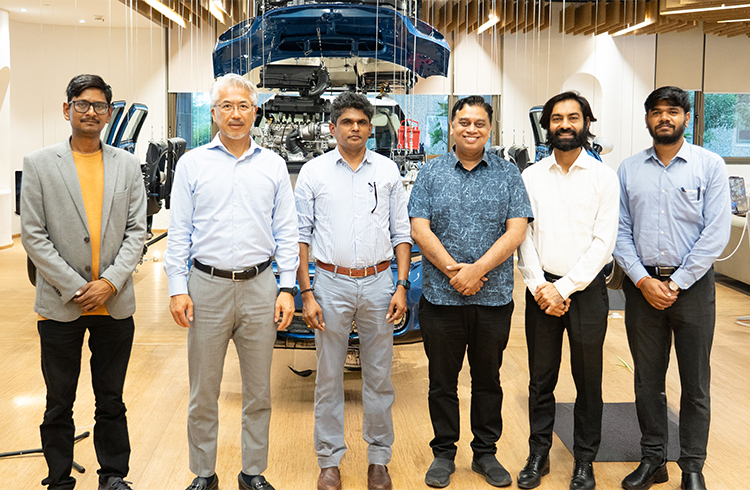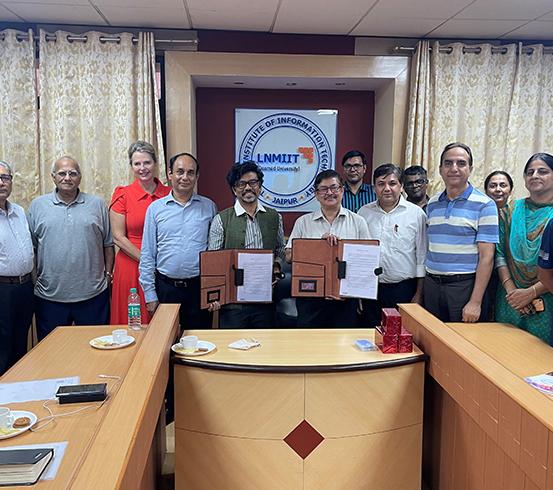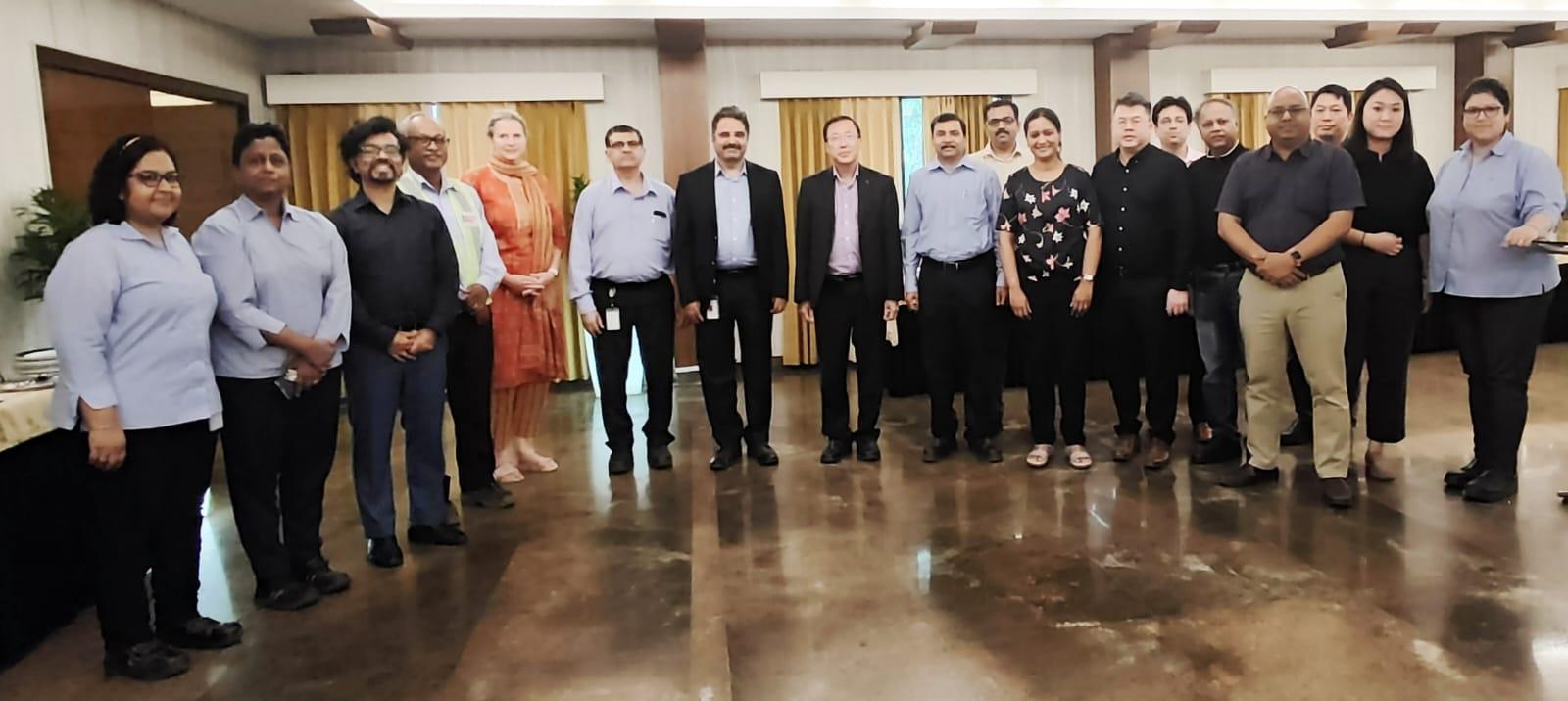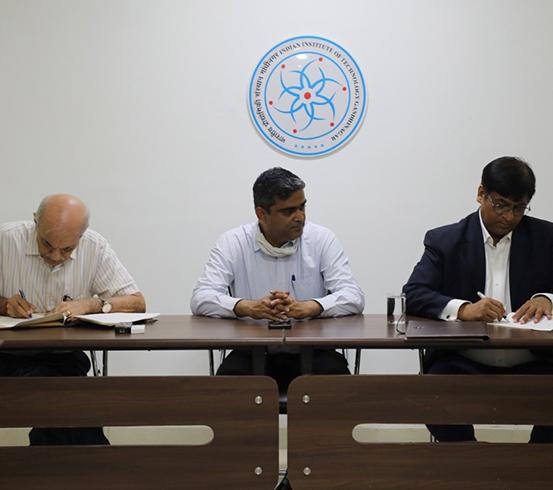Chemical engineering, which commenced around 140 years back, have contributed significantly towards improving the quality of life, starting from medicines, polymers to advanced materials and many more. However, they have also contributed to the degradation of ecosystems, which is evident and needs to be addressed. While the global paradigm shift in the chemical engineering sector is dictated towards ‘Chemical Engineering Science’, it is imperative to integrate sustainability in the core. To contribute to sustainable development, chemical engineering needs to address the environmental paradox by creating, modifying and reworking chemical process technologies and revisiting core chemical engineering principles from today’s needs while not compromising the future generations.
Green and Sustainable Reaction Engineering
Reaction Engineering, often referred to as the heart of chemical process technologies, plays a crucial role in the evolution of greener and sustainable process technologies. By revisiting key areas such as reactor design, thermo-kinetic analysis and optimization of reaction pathways, chemical engineers will be able to enable multiple avenues to reduce waste generation, energy consumption and scope 1 emissions. For example, chemical engineers are now taking inspiration from nature and green chemistry principles to design reactors and green catalysts respectively, to cultivate bio materials and naturally abundant sources for process design. The last decade has been crucial in this regard where chemical engineering is pushing the boundaries by designing reactors tailored for novel feed stocks including biomass, plastic waste, municipal solid waste and even e-waste aimed towards green and sustainable reaction engineering.
Adoption of Emerging Metrics: The ‘Pyrolysis’ Number
Dimensionless numbers are analogous to ornaments in core chemical processes. With the evolution of sustainable process technologies, new dimensionless numbers such as MH number [1], Mass & Thermal Damköhler Numbers [2] etc, are coming to the forefront, which may be treated as new age performance metrics. Pyrolysis Number [4] is one such dimensionless number that provides insights about relative importance of heat transfer and reaction kinetics during thermal decomposition. This enables the chemical engineers to optimize reactor design with focus on higher yield and lower environmental footprint, especially for plastic waste and biomass as feedstocks [3]. Such metrics are useful and beneficial in benchmarking emerging and evolving process technologies alongside conventional chemical processes.
Sustainable Chemical Engineering Supply Chain Networks
Sustainability in chemical engineering is not restricted within the laboratory and the production units; it also extends to the entire supply chain network (SCN). Traditional chemical engineering SCNs are largely based on fossil based feed stocks, energy-intensive process technologies and lengthy transportation routes that has significant environmental footprint. Sustainability in chemical engineering SCNs can be achieved through the introduction of renewable and greener feed stocks, adoption of waste reduction strategies at different stages, exploration of local suppliers and incorporation of circular strategies wherever possible. The amalgamation of digital technologies namely, cloud, edge and AI can be helpful in improving efficiency, increasing transparency and enhancing traceability creating greener and sustainable logistics. End-to-end revamping of SCNs will drastically reduce environmental impacts and enhance resource efficiency and system resilience [5].
Adoption of Digital Technologies
Chemical industry has been one of the earliest adopters of digital technologies in processes. With the introduction of computers and advancement in process control, chemical industries quickly integrated them in their process lines to improve production and enhance efficiency while minimizing human error. While we are transitioning from Industry 4.0 to 5.0; it is only beneficial to adopt digital technologies for better. Machine Learning (AI) integration with process simulation and optimization kernels for process optimization, system prediction and error reduction are not far from reality. Digital Twins, which are basically virtual replicas of physical systems, can be used to simulate the entire chemical plants. When amalgamated with process simulations, can be helpful in identification of inefficiencies and testing of sustainable modifications without disturbing the physical plant. Introduction of data analytics in such cases will proliferate in areas such as predictive maintenance, stochastic process control and risk management.
The roadmap
Combination and reorganization of chemical engineering principles with evolving processes, emerging metrics and digital technologies requires a systems approach, focusing on both scientific rigour and forward-thinking mindset. As recognized, the push should be beyond the process plants and delving into the whole supply chain network focusing on sustainability and circular economy principles. This is a call for the new age chemical engineers to put it on their shoulders to create sustainable designs, develop cleaner production processes and adopt greener strategies with overall focus on economic feasibility that aligns with the planetary boundaries. The voyage towards a net-zero, climate-neutral, green and sustainable chemical engineering science, will be the ‘architect of architects’ for a greener future.
Bibliography
- Debnath, B., Mukherjee, A., Mullick, A., Ghoshdastidar, S., Ganguly, S., & Kargupta, K. (2019). Desublimation based separation of CO2 inside a cryogenic packed bed: performance mapping with the spatiotemporal evolution of CO2 frost. Chemical Engineering Research and Design, 146, 166-181.
- Otálvaro-Marín, H. L., & Machuca-Martínez, F. (2020). Sizing of reactors by charts of Damköhler’s number for solutions of dimensionless design equations. Heliyon, 6(11).
- Pecha, M. B., Arbelaez, J. I. M., Garcia-Perez, M., Chejne, F., & Ciesielski, P. N. (2019). Progress in understanding the four dominant intra-particle phenomena of lignocellulose pyrolysis: chemical reactions, heat transfer, mass transfer, and phase change. Green chemistry, 21(11), 2868-2898.
- Pyle, D. L., & Zaror, C. A. (1984). Heat transfer and kinetics in the low temperature pyrolysis of solids. Chemical engineering science, 39(1), 147-158.
- Rajeev, A., Pati, R. K., & Padhi, S. S. (2019). Sustainable supply chain management in the chemical industry: Evolution, opportunities, and challenges. Resources, Conservation and Recycling, 149, 275-291.
———Dr. Biswajit Debnath

08 July, 2025 | 5 min read
